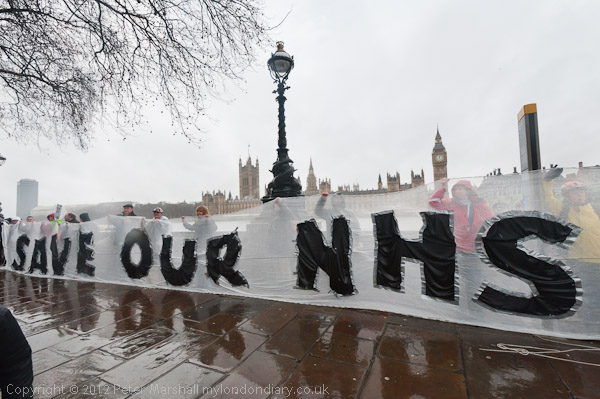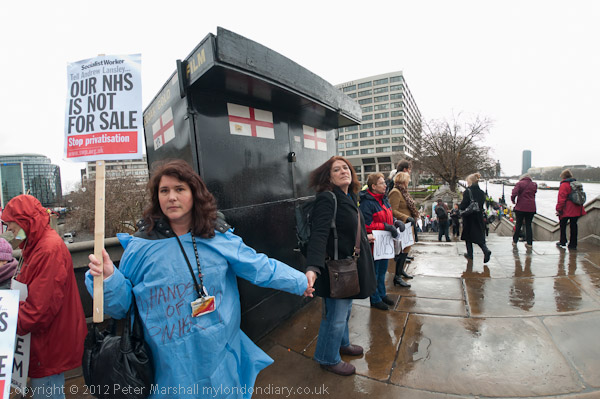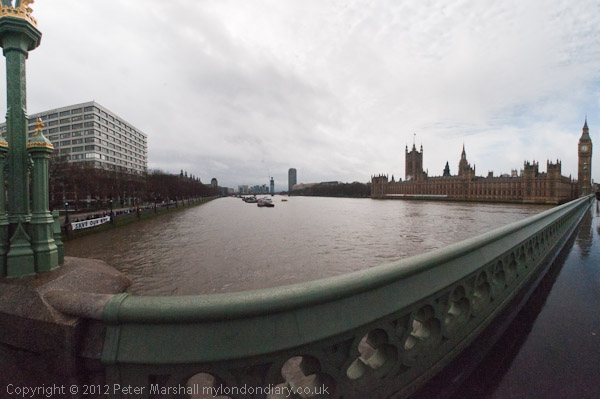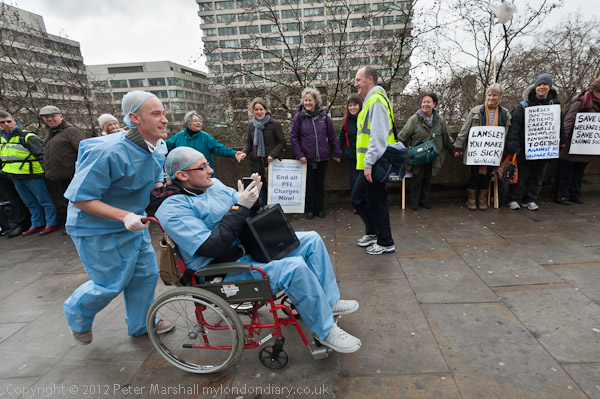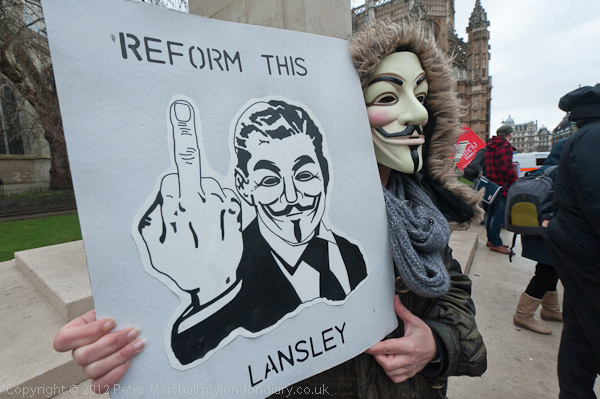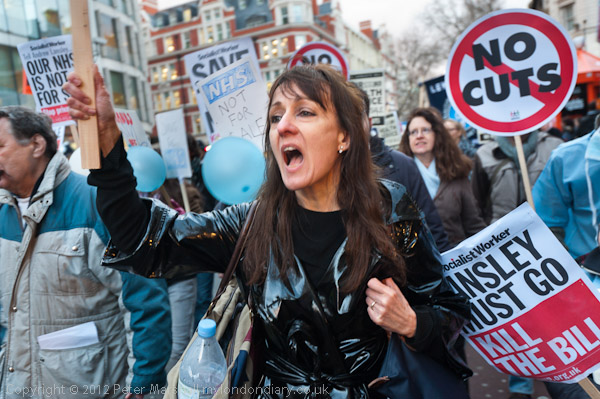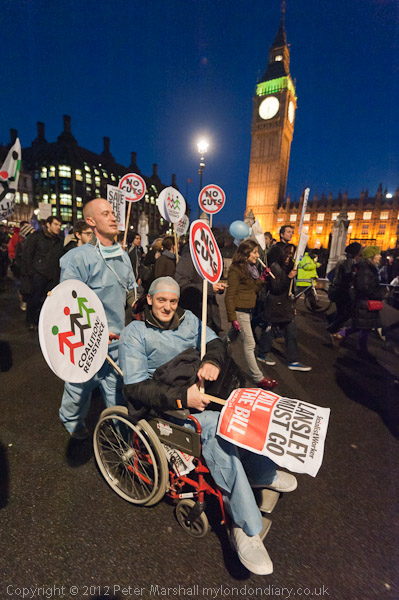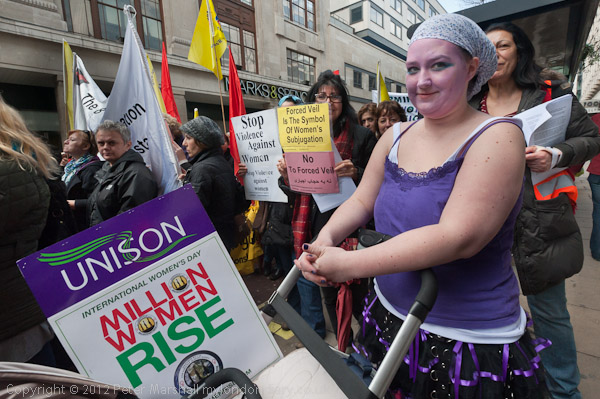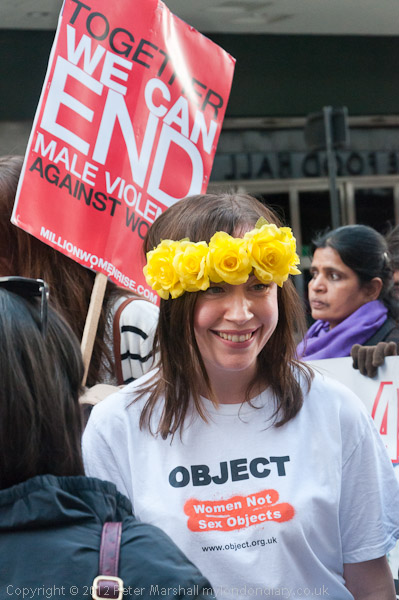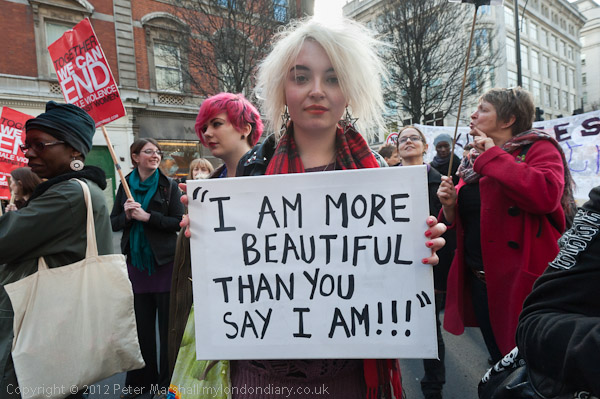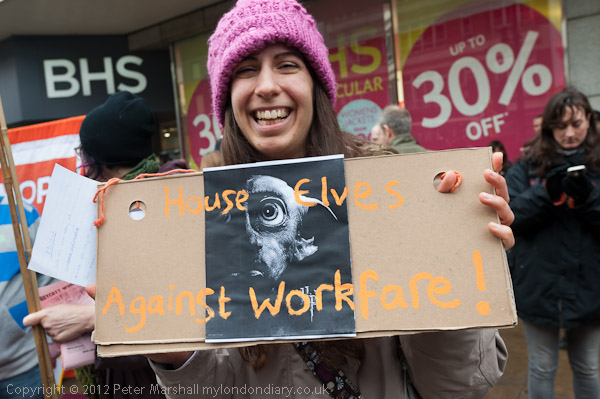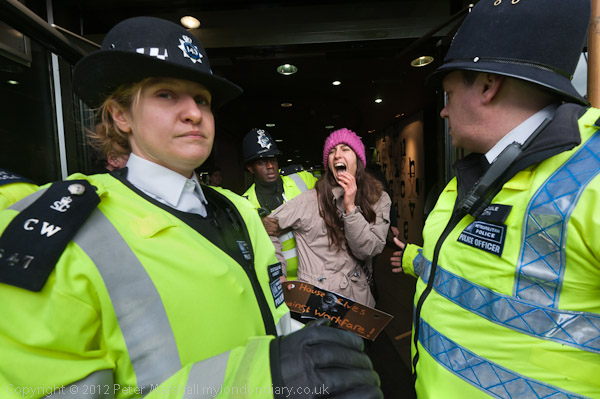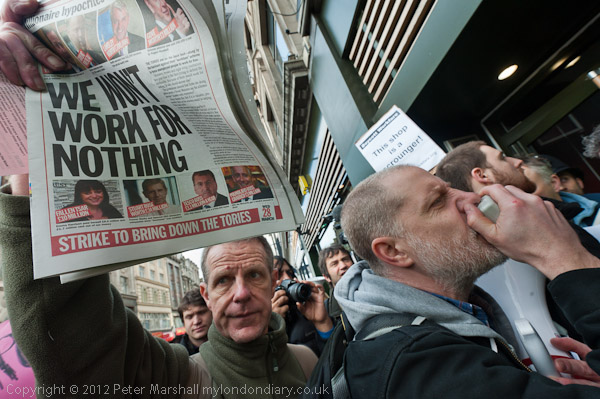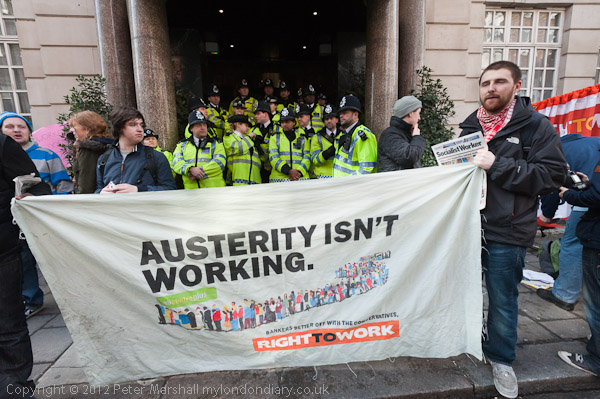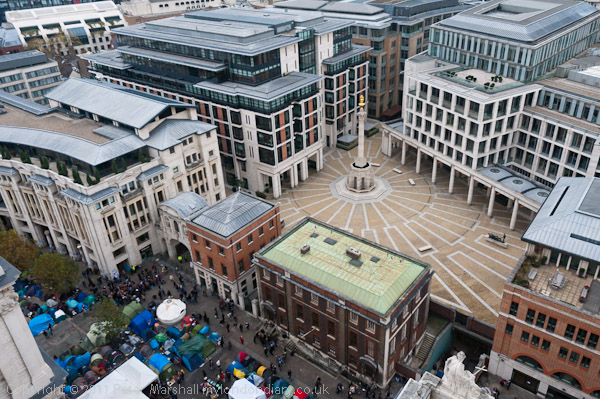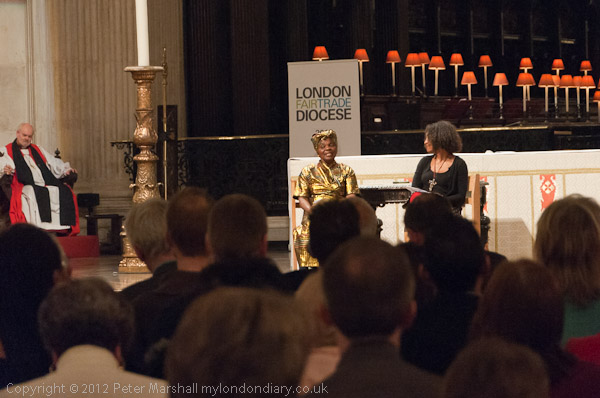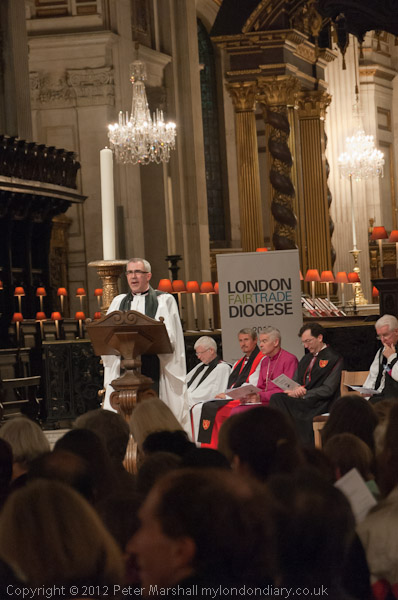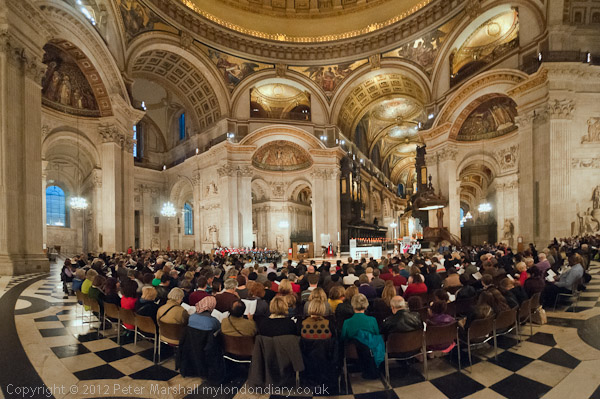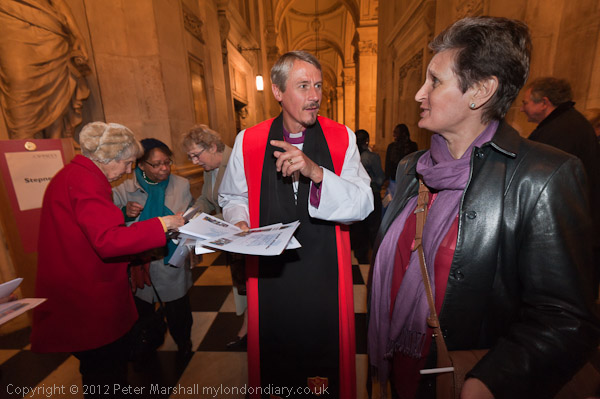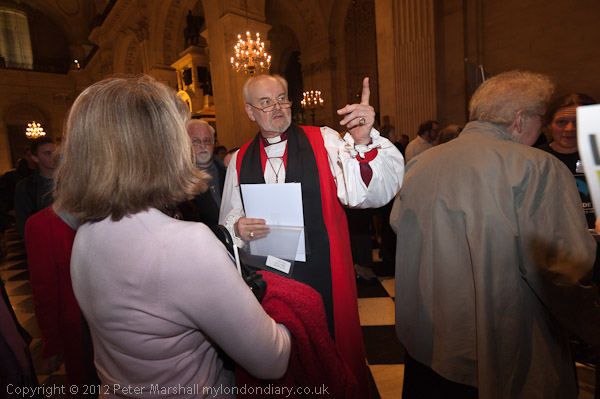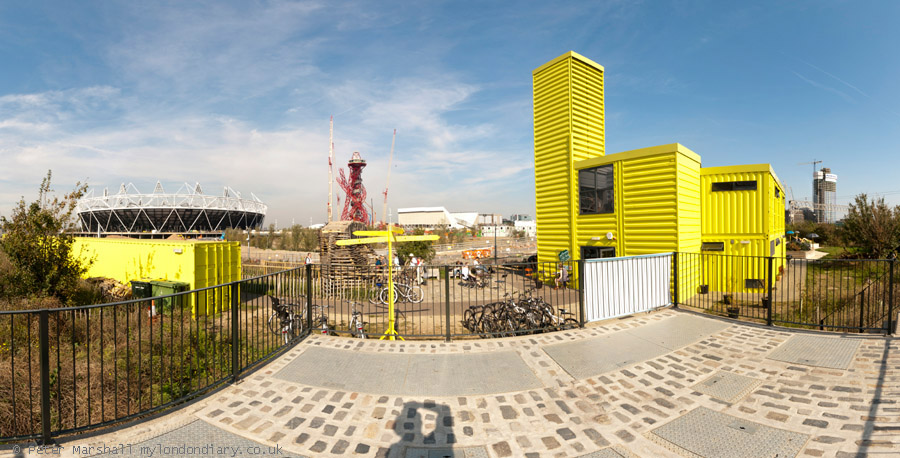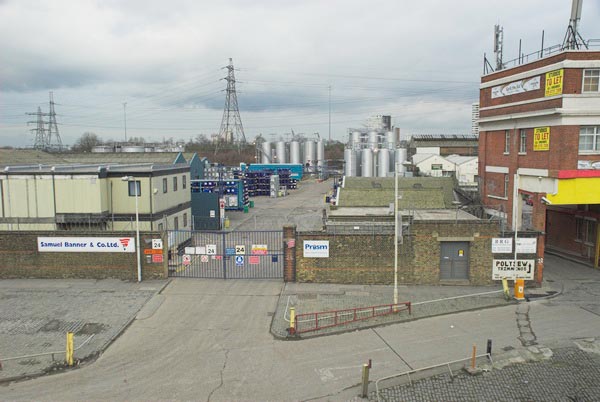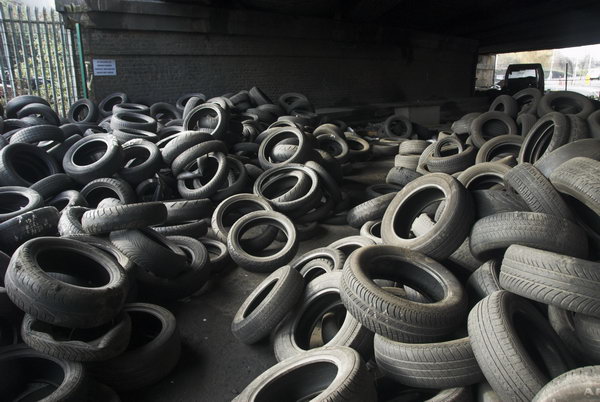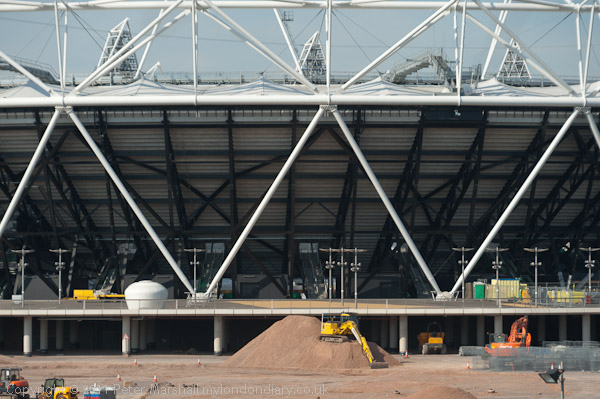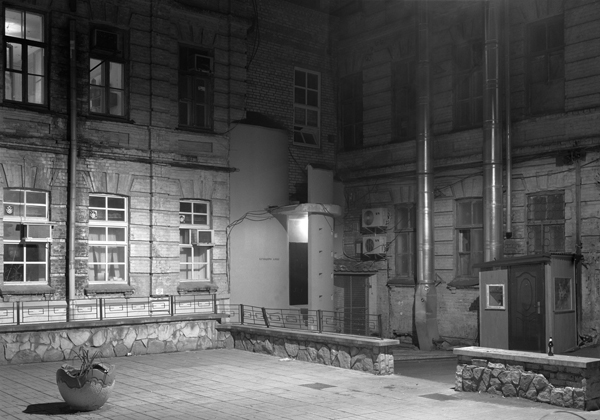My eyes widened somewhat when I read on the BJP site that they were reviewing a new “large-sensor compact” camera from Canon. Was this something I had missed elsewhere? I didn’t get to read the feature, which was part of their “premium content” and I cancelled my subscription to the magazine a few months after it went monthly and haven’t yet found a reason to take it up again (perhaps I’ll think again if I ever get an iPad.)
But I immediately went and looked up the camera concerned, the Canon Powershot S100 on Digital Photography Review and found that what I had missed was simply a re-definition of the term ‘large-sensor’. The S100 has ‘a 1/1.7″ format (approx 7.5 x 5.5mm)’sensor, with an area of 41.35 square millimetres, under 1/10 of the area of a large sensor as I know it such as the Nikon D300, and 1/20th of the D700.
I like the reviews in DPreview for their detail and care, and you know exactly what you are getting. Like all camera reviews you need to think about the aspects that you would find important in a camera, and your priorities as a photographer (or at least mine) are probably very different to those of the reviewer. Their reviews give you a lot of evidence on which too base an opinion of whether the camera concerned might be one that would work for you.
BJP’s style of review in the past was far more idiosyncratic, and what you got was largely one working photographer’s opinions, rather like asking a mate about his camera, though with a little more detail thrown in. Usually they were written by people with considerable experience in the field at which the camera was aimed, and I often found them enlightening, though there were times when I found them way off beam.
Of course I can’t tell you what they thought of the S100, which appears to be a pretty decent compact camera so long as you are happy with sticking to low ISOs. But if you want something which will keep up with large-sensor cameras when the light gets dim, forget it. It’s a camera I might consider for those times when I can’t be bothered to carry a camera. If you’ve not noticed, DPReview have recently posted their first impressions of the Nikon D800, which also make interesting reading. As they say, ‘You may be surprised by the outcome.’
Worth a look on the BJP site is a feature by someone rather better-known on line, Jörg Colberg (of the Conscientious blog), Better by Design: The role of design in the making of five modern photobooks, which looks at Alec Soth’s ‘Broken Manual‘, ‘Redheaded Peckerwood‘ by Christian Patterson, Christopher Andersons ‘Capitolio‘, Geert van Kesteren’s ‘Baghdad Calling‘ and Andrej Krementschouk’s ‘Come Bury Me‘. None of them are books that particularly appeal to me, and perhaps their design has something to do with this.
Colberg quotes Dutch photobook designer Hans Gremmen as saying “Everything should always be tailored to the book. If this is done well, the reader probably wont even notice because all the details will work as an organic whole” and I can only agree, but what all these works have in common is that exactly what I notice is the design, and for me it gets in the way of looking at the photographs. (It’s probably also true that I don’t in most of them find many photographs of particular interest.)
The five books chosen seem to be books that are somehow trying to pretend they are not books, breaking away from the generally accepted conventions of book design for the sake of it. There is much to be said for keeping photography books simple and straightforward.
